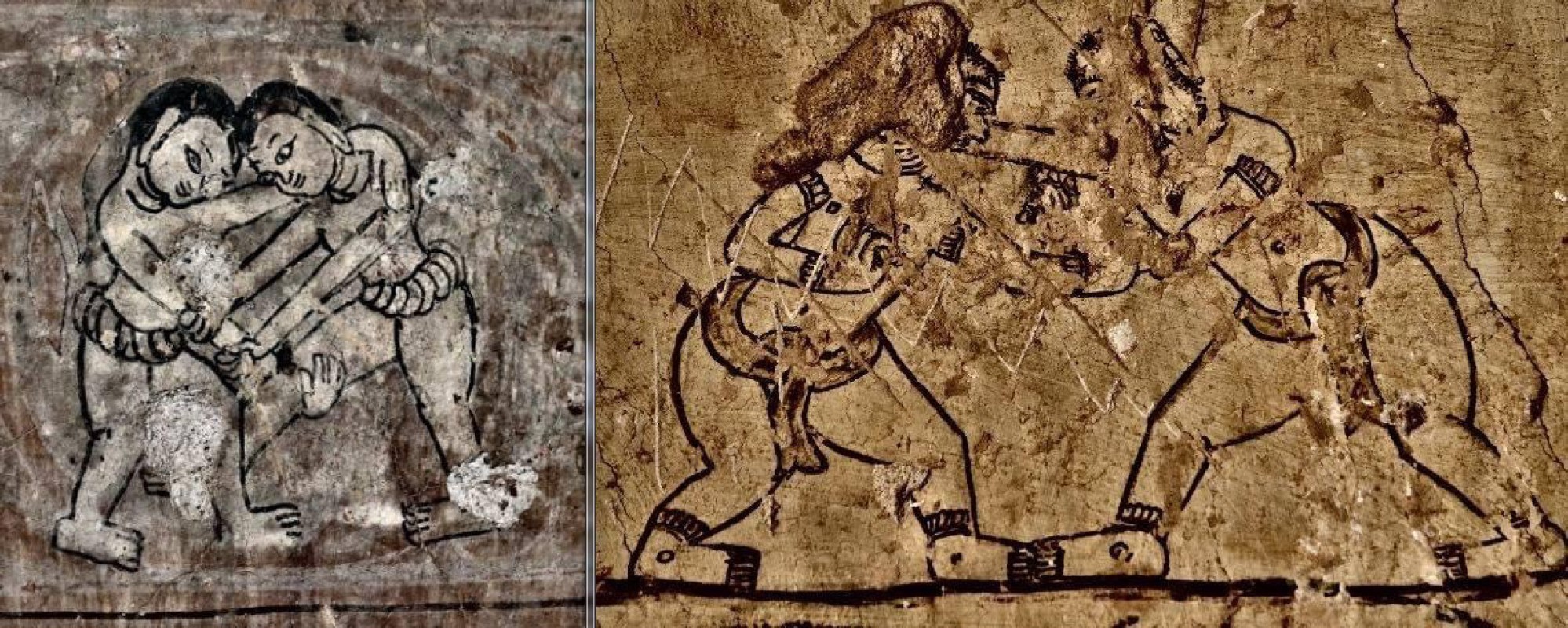A timeless tradition : The martial arts of Myanmar

807

Thiri Khit Oo (NP News) - Sep 20
Myanmar, a country rich in history and culture, has a deep-rooted tradition of martial arts that dates back centuries. These unique fighting styles, collectively known as Thaing, Bantho, Banshay, Naban, and Lethwei, have played a vital role in the nation's history and continue to be practiced today.
A Martial tradition rooted in history
In around 5 AD, the martial arts in Myanmar initially played for health exercises. The origins of Myanmar martial arts can be traced back to ancient times. Initially developed for health purposes, these fighting styles evolved into a means of self-defense and combat against threats, such as robberies and invasions. The Mongol invasion of the Bagan Empire in the 8th century marked a pivotal moment, as the King's hands, skilled practitioners of Myanmar martial arts, led the Royal army to victory, solidifying the empire's power in Southeast Asia.
By tracing histories, in the 12th century, martial arts developed and grew among people including monks. Initially, the Bagan people learned it for the purpose of defense and combat for invasions, however, years later, people started abusing the art for wrongful purposes. Therefore, King Anawrahta used punitive measures for the wrongful use of the martial arts and restricted training to people. Only royal families and the royal army became a privileged class to learn it.
Unique fighting styles and techniques
Myanmar martial arts feature distinctive fighting styles and techniques. Thaing, the most complex of these, emphasizes strategic thinking and the ability to identify an opponent's weaknesses. Bantho and Banshay are variations of Thaing, while Naban focuses on powerful strikes and takedowns. Lethwei, a traditional sport, combines boxing with headbutts, bare-knuckle fighting, and other techniques.
Beyond physical prowess, martial arts instill valuable qualities such as discipline, focus, and mental fortitude. Practitioners develop a deep understanding of philosophy, strategy, and tactical thinking.
A global recognition
In the 20th century, Myanmar martial arts gained international recognition thanks to the efforts of Dr. Maung Gyi, who introduced Thaing to the world. His experiences during a robbery in the United States highlighted the effectiveness of these fighting styles, leading to increased interest and training programs.
Today, Myanmar martial arts continue to thrive, with annual combat sports competitions attracting audiences from around the world. The NYRDDC-Yangon, Nationalities Youth Resource Development Degree College, plays a crucial role in preserving and promoting these traditions by training the next generation of martial arts experts.
A legacy of strength and resilience
Myanmar martial arts are more than just fighting styles; they are a reflection of the nation's rich history, cultural heritage, and enduring spirit. These traditions have shaped the country's identity and continue to inspire individuals to strive for excellence, both physically and mentally. As Myanmar continues to evolve, its martial arts legacy will undoubtedly remain a source of pride and inspiration for generations to come.
References – Frontier Myanmar
- NRDC Update
- Amazing Myanmar
- Crazy Ent